As the world of engineering design technology continues to evolve, there’s one term you may have encountered more frequently: augmented design.
So, what is it?
Simply put, augmented design involves the application of Artificial Intelligence (AI) and Machine Learning (ML) in the design process, optimizing results and improving efficiency. To paint a clearer picture, let’s look into its implications in specific industries.
Imagine if we could significantly enhance the efficiency of water and wastewater treatment processes – that’s where augmented experimental design comes into play. For example, by incorporating the Transcend Design Generator, a UK water treatment facility was able to reduce time to solution by 40%.
In the power industry, augmented designs can assist in optimizing power generation and distribution processes, marking a shift toward more sustainable and resilient power systems. As we move forward, augmented design is becoming a core part of critical infrastructure projects, reshaping the way we approach planning, design, construction, and asset management.
In this blog post, we’ll explore the emerging trend of augmented design in water and wastewater treatment and the power industry, shedding light on its potential benefits and challenges.
Evolution of Traditional Designs
Traditional, manual design processes in both water treatment and the power industry have been the norm for many years – but have a number of challenges. Let’s evaluate these historical approaches and their limitations.
Historical Approaches in Water Treatment Design
Before advancements in modeling software & treatment technology, water treatment processes were largely manual and time-consuming. Design and operations procedures involved physical labor, a high level of expertise, and required constant monitoring. Traditional methods were not only labor-intensive but also lacked the precision and efficiency required to handle multiple, complex water treatment scenarios.
Traditional Design Methods in the Power Industry
Similarly, the power industry relied heavily on manual and analog systems for power generation and distribution. The infrastructure was designed for a one-way flow of electricity from power plants to consumers, with little to no real-time data about the system’s performance or potential problems. These conventional methods often resulted in inefficiencies, leading to wasted energy and increased costs.
Limitations and Challenges
The limitations and challenges of these traditional methods were multi-fold. In water treatment, traditional design and treatment methods struggled with the efficient use of water resources and were often incapable of effectively removing all contaminants. In the power industry, a lack of real-time data meant that outages and disruptions in power supply were frequent occurrences, posing a challenge to maintaining a consistent and reliable power supply and often were not accounted for during the design phases of projects.
Integration of Augmented Design
Augmented design, in essence, is the blend of AI and ML in the design process to enhance results and improve efficiency. It encompasses several key components, such as advanced algorithms, real-time data analysis, and predictive modeling. These elements work in tandem to augment human capabilities, automating repetitive tasks and enabling designers to focus on higher-level strategic decisions. This approach not only streamlines the design process but also provides a more in-depth analysis, leading to more accurate and beneficial results.
Benefits
Augmented designs bring a host of benefits to the water and wastewater treatment industry. Let’s examine two key areas: efficiency enhancement and resource optimization.
1. Efficiency Enhancement
Augmented design dramatically increases the efficiency of water treatment design processes. For example, the use of the Transcend Design Generator in water treatment projects has been shown to reduce design time from 25 days to 1 day, improving overall project outcomes.
2. Resource Optimization
Additionally, augmented design helps optimize the use of people and material resources. A study published in the Chemical Engineering Journal showed that the integration of AI and ML in water treatment processes could significantly reduce energy consumption, leading to substantial cost savings.
Benefits in the Power Industry
The benefits of augmented design are not limited to water treatment. The power industry, too, reaps significant advantages in terms of increased sustainability and operational benefits.
1. Increased Sustainability
Incorporating AI and ML into power systems design can lead to a more sustainable power industry. According to a report by the World Energy Council, AI can help optimize power generation, reducing greenhouse gas emissions and promoting the use of renewable energy sources.
2. Operational Advantages
Augmented designs also provide numerous operational advantages in the power industry. AI and ML can predict potential disruptions and automatically adjust the distribution of power, reducing the frequency and duration of power outages. According to the Artificial Intelligence Applications in Power and Energy Systems, machine learning algorithms can accurately predict grid failures up to 99.8% of the time, significantly improving the reliability of power supply systems.
As we dig deeper into the world of augmented design, it’s clear that this innovative approach to critical infrastructure design is revolutionizing the water and wastewater treatment and power industries, offering a range of benefits that ultimately enhance efficiency, optimize resources, increase sustainability, and provide numerous operational advantages.
Technologies Driving Augmented Design
Let’s pinpoint some of the technologies that are at the forefront of augmented design.
IoT and Sensor Integration
The Internet of Things (IoT) and sensor integration form a key pillar of augmented design, providing real-time data for more effective decision-making in the planning and preliminary design process. Sensors can collect a wide array of data points within a system, while IoT devices help transmit this information for analysis and action.
Artificial Intelligence Applications
Artificial intelligence (AI) applications are redefining the approach to design, offering unparalleled accuracy and efficiency. AI algorithms can learn from existing data, predict future scenarios, and offer optimal solutions, reducing the need for trial and error. A prime example of this is in the power industry, where AI applied to the design process has not only enhanced grid reliability but also reduced operational costs.
Future Trends
Emerging Technologies
Emerging technologies like Quantum Computing and Blockchain are poised to contribute significantly to the realm of augmented design. Quantum computing, with its superior computational power, could potentially revolutionize optimization processes in design. At the same time, Blockchain can enhance the integrity and traceability of data, contributing to more transparent and reliable design processes.
Shaping the Future of Water and Power Industries
Emerging technologies and new design innovations will undeniably reshape the future of water and power industries. By leveraging these advancements, industries can expect unprecedented efficiency, sustainability, and operational excellence.
Tools like the Transcend Design Generator allow engineers to harness the power of augmented design, providing data-driven solutions for water treatment and power system designs. As we continue to push technological boundaries, it’s essential to recognize the potential of augmented design in solving complex challenges and shaping a more sustainable future for all.


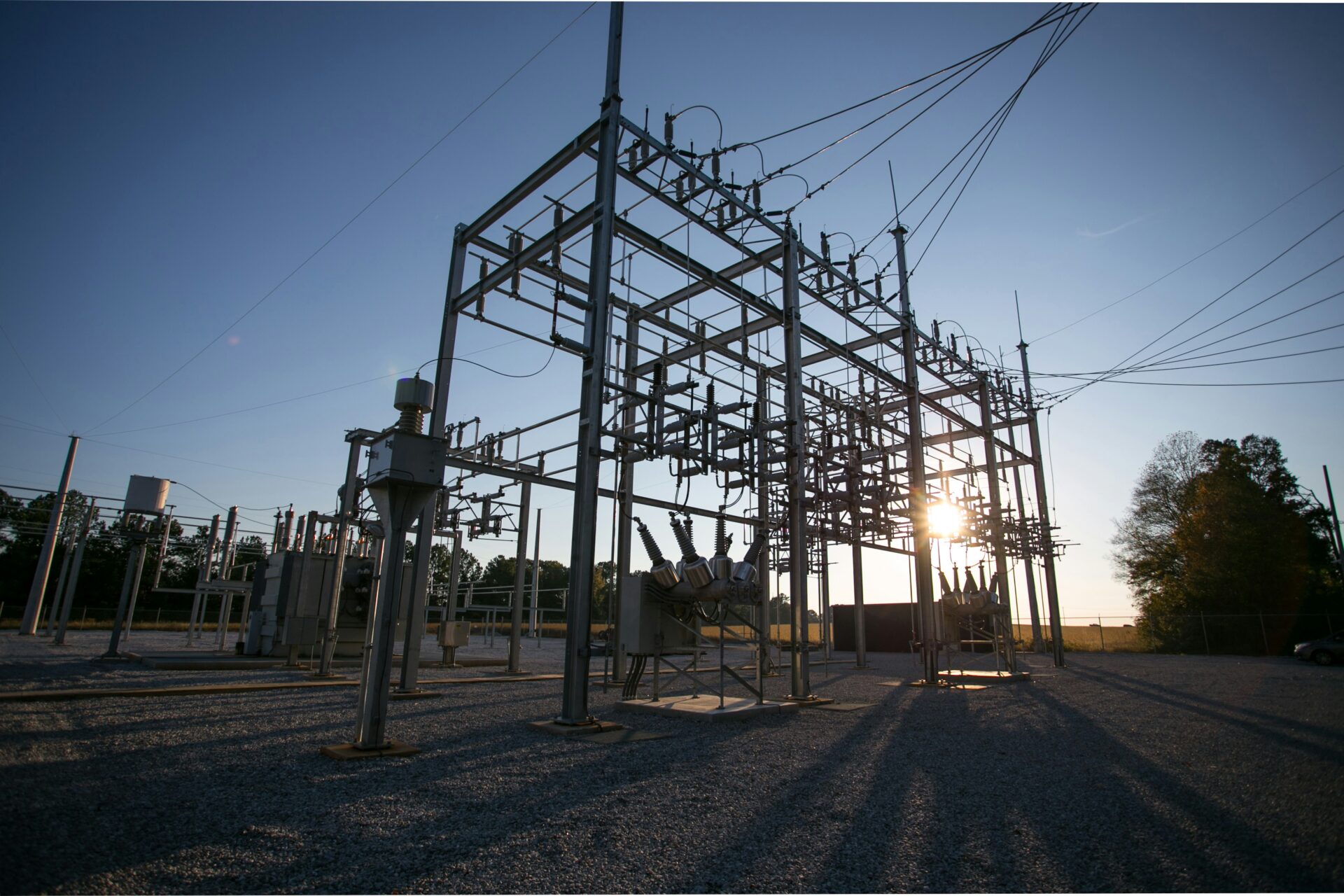
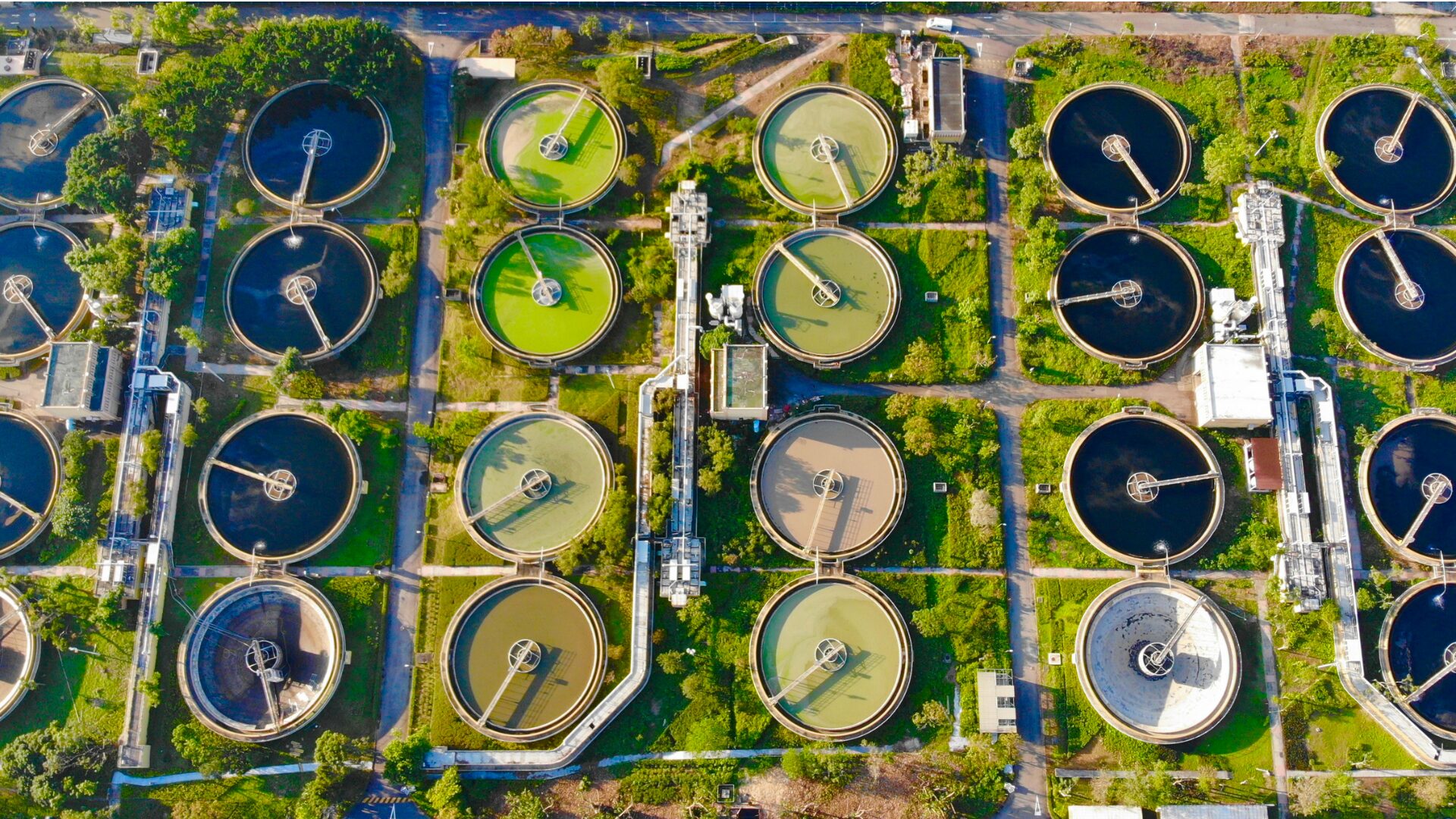

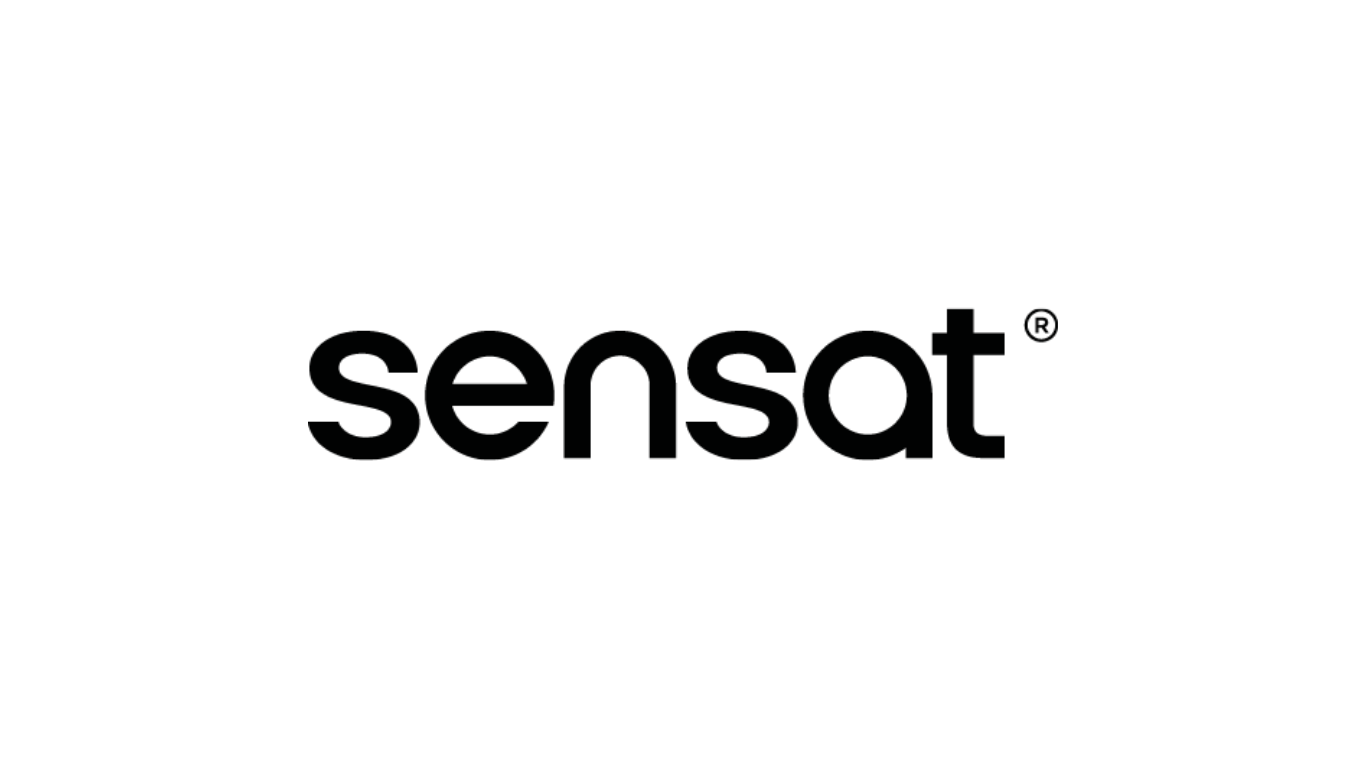

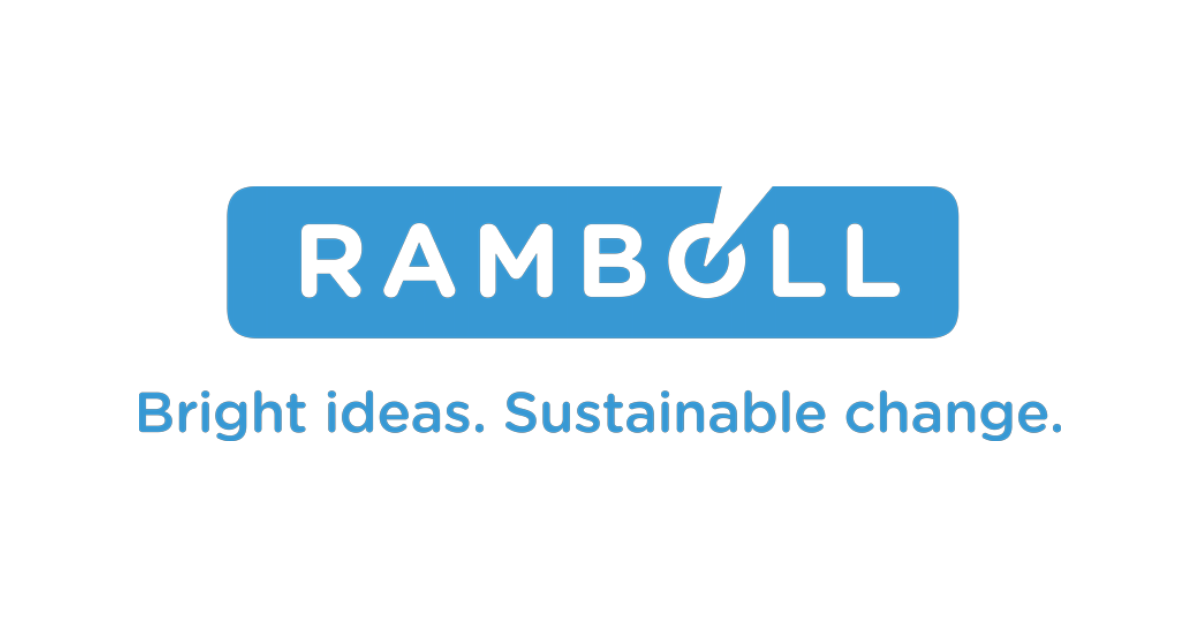
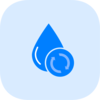 WWTP Design
WWTP Design  Substation Design
Substation Design  Utility Interconnection Hub
Utility Interconnection Hub  White Label Proposal Generator
White Label Proposal Generator  PFAS Feasibility Study
PFAS Feasibility Study  Booster Station Design
Booster Station Design  Value Discovery Program
Value Discovery Program